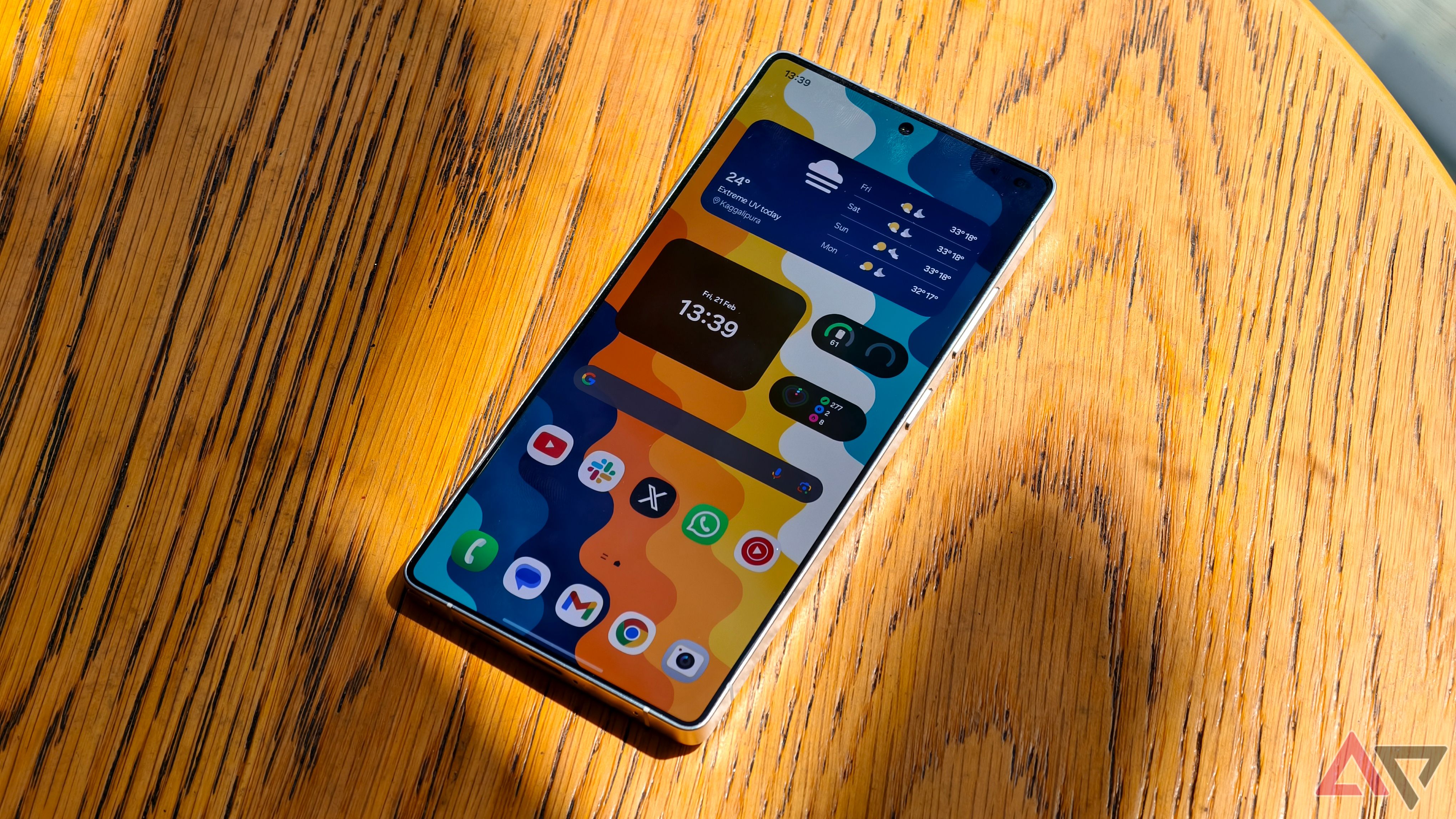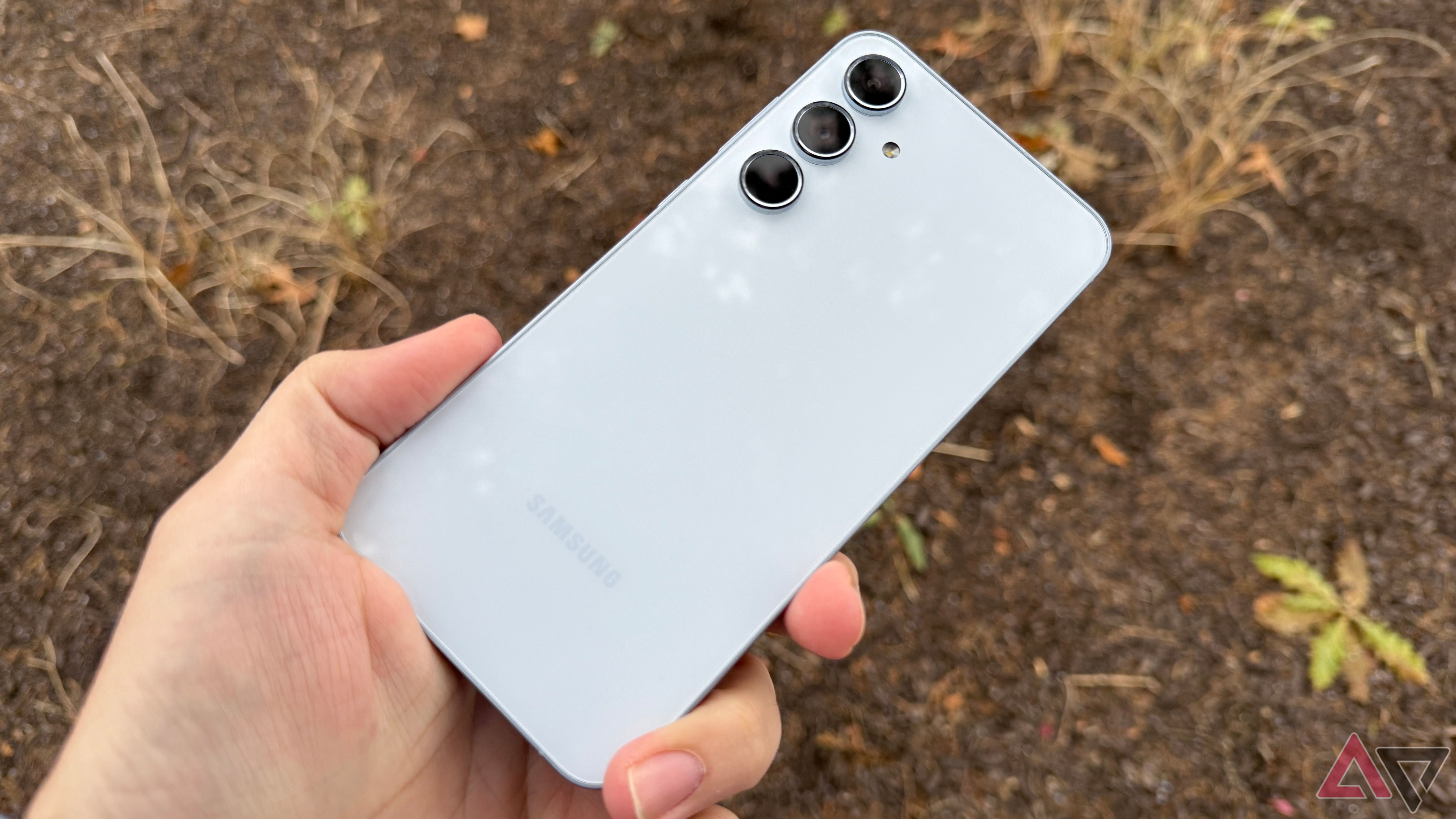It seems like an annual event during which we start hearing rumors about what chipset Samsung plans to use in next year’s Galaxy flagship devices. The answer is not always straightforward, as the company has a track record of switching between Snapdragon chipsets and its Exynos silicon. We’ve also seen a split, where Samsung puts a Snapdragon in US and Korean devices, while Europe and other regions get an Exynos due to supply issues with the latter.
In previous years, I understood people’s frustrations. Users saddled with an Exynos chipset complained of overheating and poor performance while still paying the same money as users who got a Snapdragon-powered Galaxy. However, times have changed, and Exynos chipsets have improved. I’m no longer as annoyed by the thought of an Exynos-powered Galaxy in the future.
Exynos wasn’t always worth it
The Galaxy S22 was painful for some
Samsung has used a split strategy several times for its Galaxy devices, with Europe and other regions often getting an Exynos-powered phone. I remember multiple years when this caused issues for overseas buyers. The Galaxy S22 Ultra jumps to mind ahead of others, as its Exynos 2200 lagged behind the Snapdragon 8 Gen 1 chipset featured in US and Korean units. Exynos users complained that their Galaxy S22 Ultras had poor battery performance and overheated regularly. They also claimed their S22 Ultras didn’t have the same gaming performance as Snapdragon-powered devices. The proof seemed obvious, and it was hard to argue that Samsung’s Exynos chipsets lagged behind Qualcomm’s silicon.
It didn’t help that Samsung charged buyers the same despite the degraded performance on the Exynos variants. Users expecting a flagship experience were disappointed, and it followed previous Exynos disappointments in prior Galaxy phones. Most buyers had enough, and you could tell from the enthusiastic response from overseas buyers when Samsung announced the Galaxy S23 would feature the Snapdragon 8 Gen 2 globally.
Recent efforts are much better for Samsung
I don’t mind Exynos anymore after these two phones
Despite these issues, Samsung wasn’t done trying to improve its Exynos chipsets. The company continued to use them in several device classes, and its fortunes improved. I loved the Exynos 1480 featured in last year’s Galaxy A55. The phone was fantastic, especially for its midrange price. I saw excellent performance with even better battery life, often getting 8 to 9 hours of screen time from a single charge. Overheating isn’t an issue either, and I’ve experienced no throttling and lag that plagued earlier Exynos devices. I’ve only just started using it, but I’m experiencing similar early returns from the Exynos 1580 powering this year’s Galaxy A56.
I always hoped Samsung could benefit from Exynos the way Apple and Huawei improved through the use of their silicon.
I’m also pleased with the performance of my Galaxy S24 FE, powered by an Exynos 2400e. Multitasking is smooth, and gaming is excellent on the device, a criticism of earlier Exynos chipsets. Battery life is also as expected, which goes hand in hand with the phone’s lack of overheating. Samsung clearly worked to improve Exynos, and it’s starting to pay dividends in several of the company’s phones.
I’m hopeful for the future
There are benefits if Samsung gets it right
I always hoped Samsung could benefit from Exynos the way Apple and Huawei improved through using in-house silicon. Apple’s M-series chips are a revelation, giving the company’s machines fantastic performance and power efficiency. It’s the kind of integration you only get from designing your own chipsets, and Apple leveraged it to the fullest. The same goes for Huawei’s Kirin processors. I haven’t used a Huawei device since the ban, but even years ago, the company’s Kirin chipsets were solid performers with excellent battery life.
However, there’s another reason I’m quietly rooting for Exynos to succeed. It will give Samsung something to differentiate its phones besides Galaxy AI. The company would actually innovate its hardware and focus on things its in-house chipset could do that other manufacturers couldn’t. It would be a refreshing change of pace, and I can’t believe Samsung hasn’t been able to get there. I keep hearing of manufacturing shortages and the inability to develop enough flagship chipsets for every device, but I hope the company figures it out. The Exynos 2600 is reported to use a 2nm process, which would be impressive.
It’s up to Samsung to make it work
Samsung has a chance to make smartphones enjoyable again. I’d love to see a competition between Samsung devices featuring Exynos, Google devices using a TSMC Tensor chipset, and Apple devices powered by its M-series processors. The camera competition is mostly over, thanks to improved image processing and computational photography. AI is currently failing to launch despite every manufacturer pushing it on us. Samsung’s design team is doing nothing to help move the needle with anything intriguing, so perhaps it’s the engineers working on Exynos that can surprise us with something worth getting excited about with Samsung again.





